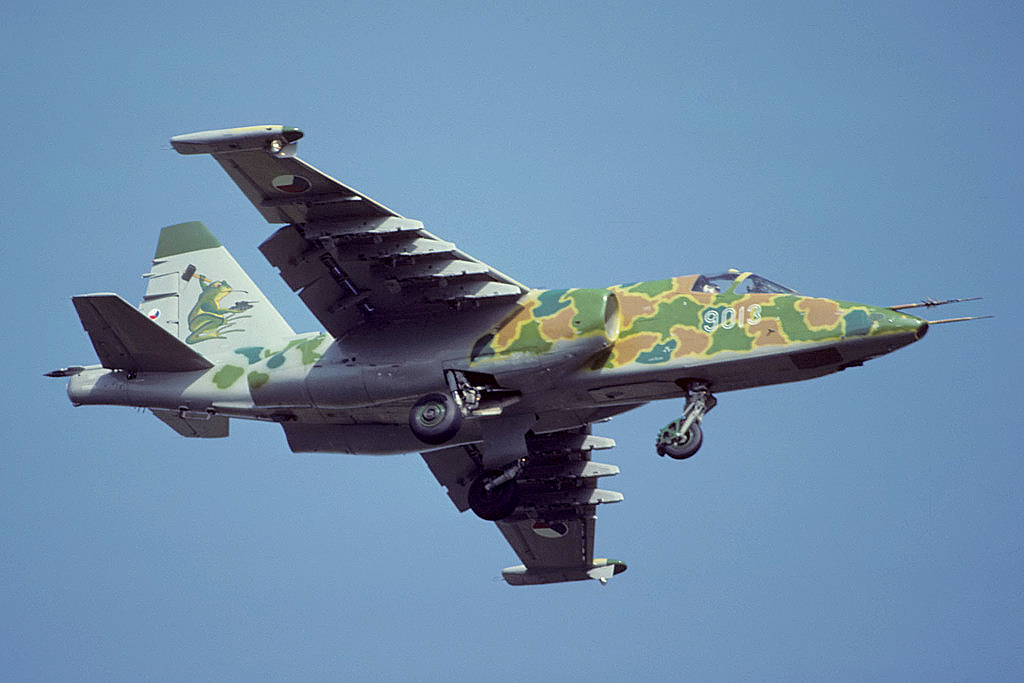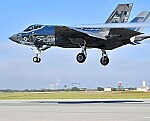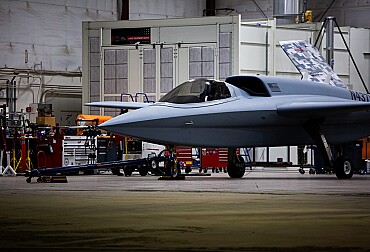Su-25 Frogfoot CAS expert – the Soviet tank killer
During the Second World War, the various belligerent countries deployed many different types of aircraft for missions involving close air support of ground troops. Even very close support. To limit losses and enable crews to survive, most of these aircraft were heavily armoured. A good example was the Ilyushin Il-2 Stormovik, a real flying tank.

However, despite the excellent results achieved by these aircraft in Korea and then Vietnam, as well as their great popularity with their crews and ground troops, the concept of the heavily protected attack aircraft was losing ground. Competition from new jet fighter-bombers was strong, but the memory of the last world conflict remained. By the end of the 1960s, Westerners and Soviets were working on new types of aircraft, designed to carry out CAS (Close Air Support) missions. Ironically, only one year separated the start of the work undertaken by the United States and that undertaken by the Soviets.
It was around 1968 that the Soviet Union, realising that its Sukhoi Su-7 and Su-17 and its MiG-21 and MiG-23 were incapable of carrying out CAS missions properly (unlike the MiG-17, which was given a new lease of life in many air forces as a ground attack aircraft), decided to revive the tradition of the Il-2 and acquire an aircraft specifically designed for this type of mission. The Soviet authorities demanded that the emphasis be placed on protecting the aircraft, and secondly that it be manoeuvrable, speed being of very limited importance. To put it plainly, the Soviets wanted an assault aircraft that could take a beating and deal it back.
Faced with the Ilyushin Il-102, the Sukhoi design office proposed the T-8, which proved far superior to its rival and won the day. After a few changes, production of the pre-production aircraft began in 1978, and it was decided that the Su-25 would be produced in Tbilisi, in the Soviet Republic of Georgia. The very first production aircraft were delivered in 1980 and immediately sent for operational evaluation in Afghanistan, a country that the Red Army had just invaded.
The first Soviet units received the Su-25 the following year. The new aircraft, spotted by American spy satellites at the Ramenskoye test centre (code-named Ram-J, the letter J standing for the tenth new type of aircraft spotted there), was christened (improperly with an F name, which placed it in the fighter category) by NATO as the Su-25 Frogfoot (Percheron). Western analysts noted a certain resemblance to the Northrop YA-9, an unsuccessful competitor to the Fairchild A-10 Thunderbolt.
The Su-25 was designed for dangerous missions. Its construction reflects this. With a trapezoidal wing, its structure incorporates 60% aluminium and 13.5% titanium. The cockpit is literally covered in titanium, providing exceptional protection for the pilot. Sharp edges are also well protected. The rustic Frogfoot is also capable of short take-offs from very basic runways, thanks to its double-slotted flaps and slats. So it can easily operate close to the front in the worst possible conditions.
The excellence of the Sukhoi's design soon became apparent in Afghanistan: Su-25 crews quickly learned to appreciate their new mount. Frogfoot aircraft were seen to return on a single engine, literally riddled with impacts, sometimes with parts of their wings missing. Only the ground-to-air missiles managed to prove dangerous. In the end, only 23 Frogfoot were shot down, out of an estimated total of 60,000 missions. As well as giving its pilots a respectable chance of survival, the Su-25 was soon feared by Afghan fighters.
Heavily armed, capable of carrying almost 4.4 tonnes of military payload on 10 hardpoints (from the AA-8 Aphid air-to-air missile to the Kh-23/25/29 air-to-ground missiles, not forgetting rockets and almost every type of bomb), in addition to an A0-17A twin-tube cannon (250 shells), the Su-25 often proved to be a formidable weapons carrier. Its effectiveness has been appreciated in many theatres of operation: during the war between Iraq and Iran, in Macedonia (several aircraft deployed by government forces against Albanian-speaking rebels) and more recently in Chad and South Ossetia, and Ukraine, on both sides of the conflict. More curiously, the Su-25 has also been used in the fight against drug traffickers in Peru, although the Peruvian FAP acquired it in the event of a new conflict with Ecuador.
Ukrainian military used Su-25s during the war in Eastern Ukraine and the full-scale war in 2022. The highest-ranking retired pilot, 63-year-old Major General Kanamat Botashev, was also shot down on a Russian Su-25. On May 22, 2022, in the Luhansk region, the military of the 80th Separate Air Assault Brigade destroyed his plane with a shot from the Igla MANPADS. There are reasons to believe that the retired general was a mercenary of the Wagner PMC or another similar Russian formation.
The Soviet examples were dispersed among the new republics. While Russia kept most of them, many are still operational in Ukraine, Belarus, Kazahkstan and Turkmenistan. Some aircraft were sold second-hand to foreign countries. Others had been exported by the USSR, notably to North Korea.
Several variants were developed from the basic concept, of which around 520 were produced:
- Su-25BM: target towing version, 50 produced.
- Su-25K: version developed for export, very similar to the Su-25. Approximately 180 produced.
- Su-25UB: two-seater training version (UBK for export). Perhaps 25 produced at Ulan-Ude.
- Su-25UTG: two-seater version, derived from the discontinued Su-25UT, intended for the Soviet Navy for landing training. Around ten examples, all on the Admiral Kuznetsov aircraft carrier.
- Su-25T/TM (also known as Su-39): modernised all-weather assault version, built at Ulan-Ude from the Su-25UB. Suffering from a lack of funding. Equipped with a Kopyo-25 radar on a ventral pod, modernised avionics and a 30mm NNPU-8M cannon, capable of firing the latest Russian air-to-ground weapons.
- Su-25KM Skorpion: version developed by the Georgian TAM, with the help of Israel's Elbit. Includes NATO-compatible equipment, Israeli systems and can fire Israeli weapons.
- Su-25SM: modernised single-seat version (cockpit equipped with a multifunction screen and a new inertial and satellite-guided navigation system, improved self-protection for the aircraft, ability to fire guided and laser weapons, carry the R-73 air-to-air missile). Some of the aircraft in service in Russia took part in the 2008 operations against Georgia, and at least one of them was shot down.
In total, it is estimated that around 1,200 Frogfoot aircraft have been produced. Reliable, inexpensive and highly effective, it still has a very bright future ahead of it. In particular, they are in great demand in the counter-insurgency market, and by states with little regard for human rights.









